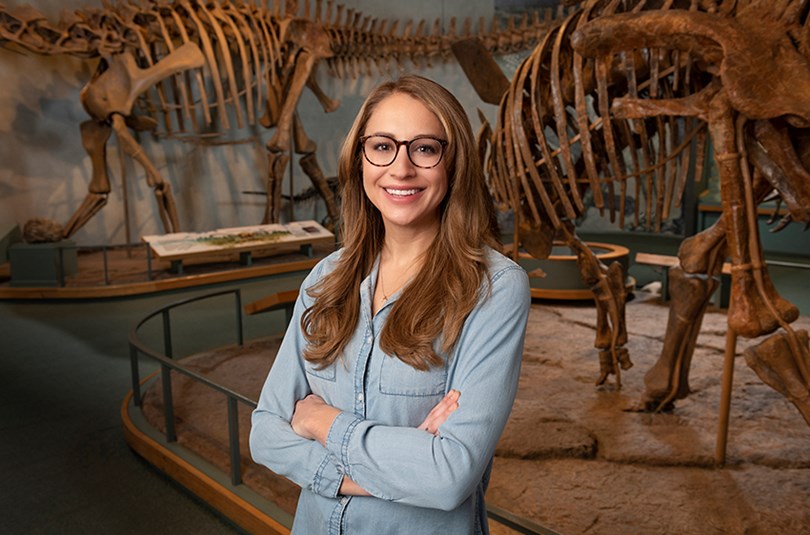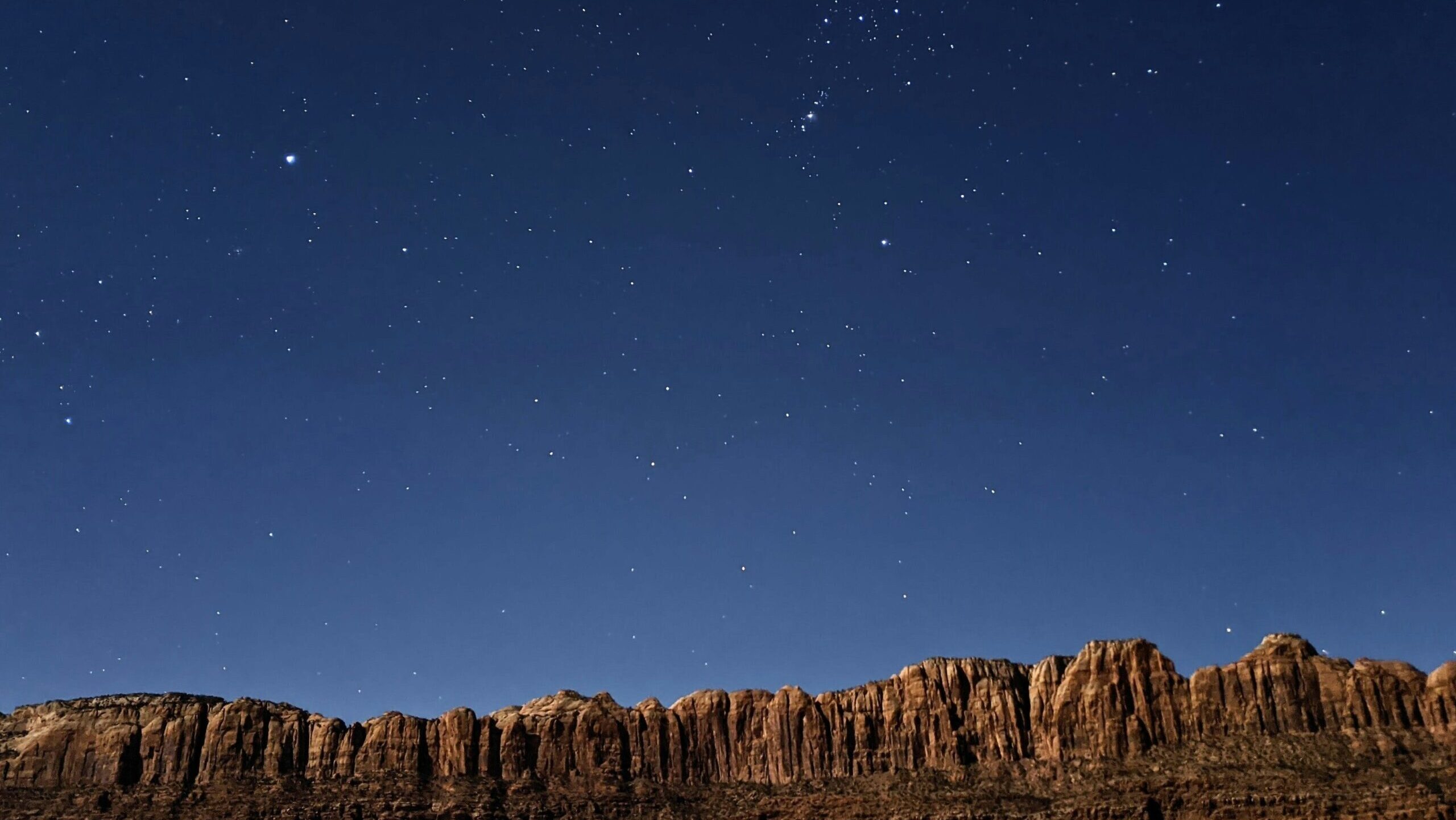Some information may be outdated.
The Science Moab Crew
As the chief preparator for the Denver Museum of Nature and Science, Natalie Toth’s job includes going out into the field with targeted fieldwork and prospecting for new fossil localities, as well as preparing and stabilizing all the fossils so that they can be used for research and education at the museum. Here, Science Moab chats with her about all the technical work that that entails.
Science Moab: What are some of the key areas that you’ve been working on in the last few years?
Toth: We have a really rigorous program that we run out of southern Utah and Grand Staircase Escalante National Monument. Down there, we’re collecting fossils from the late Cretaceous (about 80 to 74 million years old) and we’ve worked out there for a number of years collecting pretty much the entire ecosystem from that time period. We collect things that are as small as a little tiny fish scale, all the way up to the big giant dinosaurs that were roaming across the landscape at the same time.
One thing that is really cool about the Denver Museum in particular is that while we do collect lots of vertebrate fossils, we have a really amazing paleo botanical collection as well. So when we’re out there, we’re also keeping our eyes peeled for beautiful leaf fossils and conifer fossils, even while we’re extracting these giant dinosaur limb bones from the ground.
Science Moab: So many fossil locales around the West have such a variety of different objects to find and to preserve. How do you decide what you’re going to take back to the museum and what you’re not?
Toth: All of the fieldwork we do is really intentional. Our curators here at the museum come up with really big research questions, then we go out to targeted field areas where we know that there are sedimentary rocks of the appropriate age. From these rocks, we are able to prospect for fossil evidence that will help them answer these big research questions.
Science Moab: That’s cool. What if you find something that’s just amazing, but it’s not really relative to your question?
Toth: Paleontology is a really small, niche science field, so we’re able to collaborate and connect with folks across the country and even across the world to help us understand different aspects of these research questions that we have that we may not be specifically trying to target.
Science Moab: So if you’ve got a research question, you go to the field, you find key pieces of bone and or skeletal debris that will help you answer these questions. Then you have to get it from the field back to your museum. What is the process of excavating that from the ground?
Toth: This can look a couple of different ways. A surface collect would be finding something like an isolated crocodile skull, something the size of like a laptop computer. In this case, I’d be able to put some protective casing on it, which looks like plaster bandages. You let that dry and then you’re able to extract the smallish fossil from the ground and throw it in your field pack and hike it back to camp at the end of the day.
However, when you’re excavating a dinosaur quarry, what often happens is that these blocks can end up being hundreds, if not thousands of pounds. If a fossil is a few hundred pounds or less, we can put it on a body board or a stretcher that you would use to hike somebody out of the backcountry and we’re able to hike it back to camp or hike it out to a truck that we have parked at a nearby road. However, we’ve collected fossils that are 2,000, 3,000, 4,000 pounds.
If that’s the case, we have to actually call in a helicopter to pick this thing up and plop it on a trailer that was parked nearby, so we could drive it back to the museum. So it really gives you a sense of appreciation for how big these things were walking around on the landscape.
Science Moab: If you have these multiple leg bones, and maybe only one is on display, do you have a storage area where it’s just study bones?
Toth: Yes, we call this our earth sciences collection space. It’s in the basement of the museum where it’s protected from UV light, and it’s temperature and humidity controlled. The collection space at the museum that holds all of the fossils, all the fossil plants, fossil dinosaurs, even fossil seashells that we’ve collected, since the museum has existed. And that’s true across all the sciences at this museum.
So as well as this collection and the entomology collection, we have artifacts from ancient peoples, so on and so forth. We encourage folks from other institutions to come visit our collection, so that they can then kind of move the science needle forward on the research that needs to happen in their particular area of expertise.
Appreciate the coverage? Help keep local news alive.
Chip in to support the Moab Sun News.





